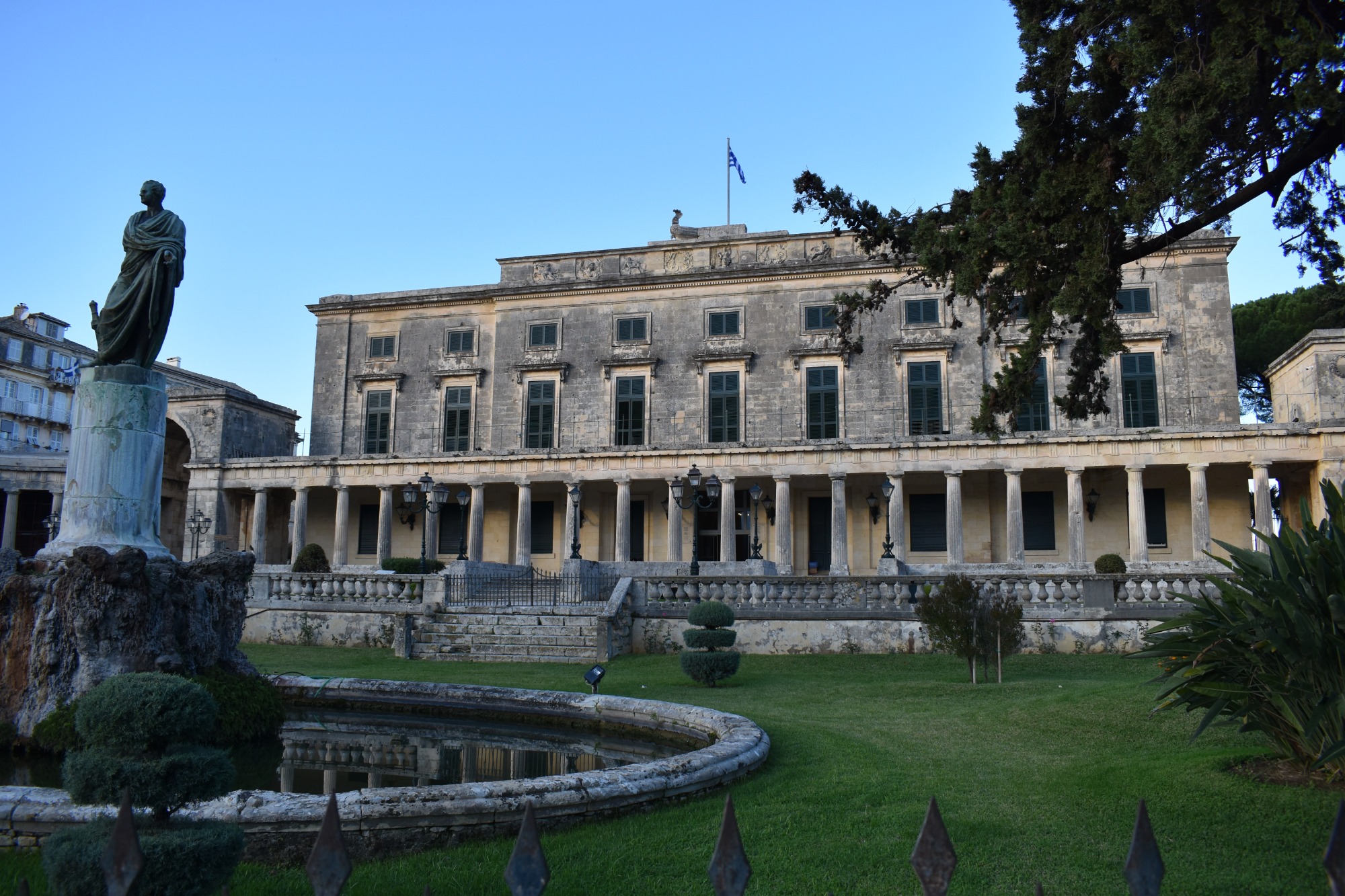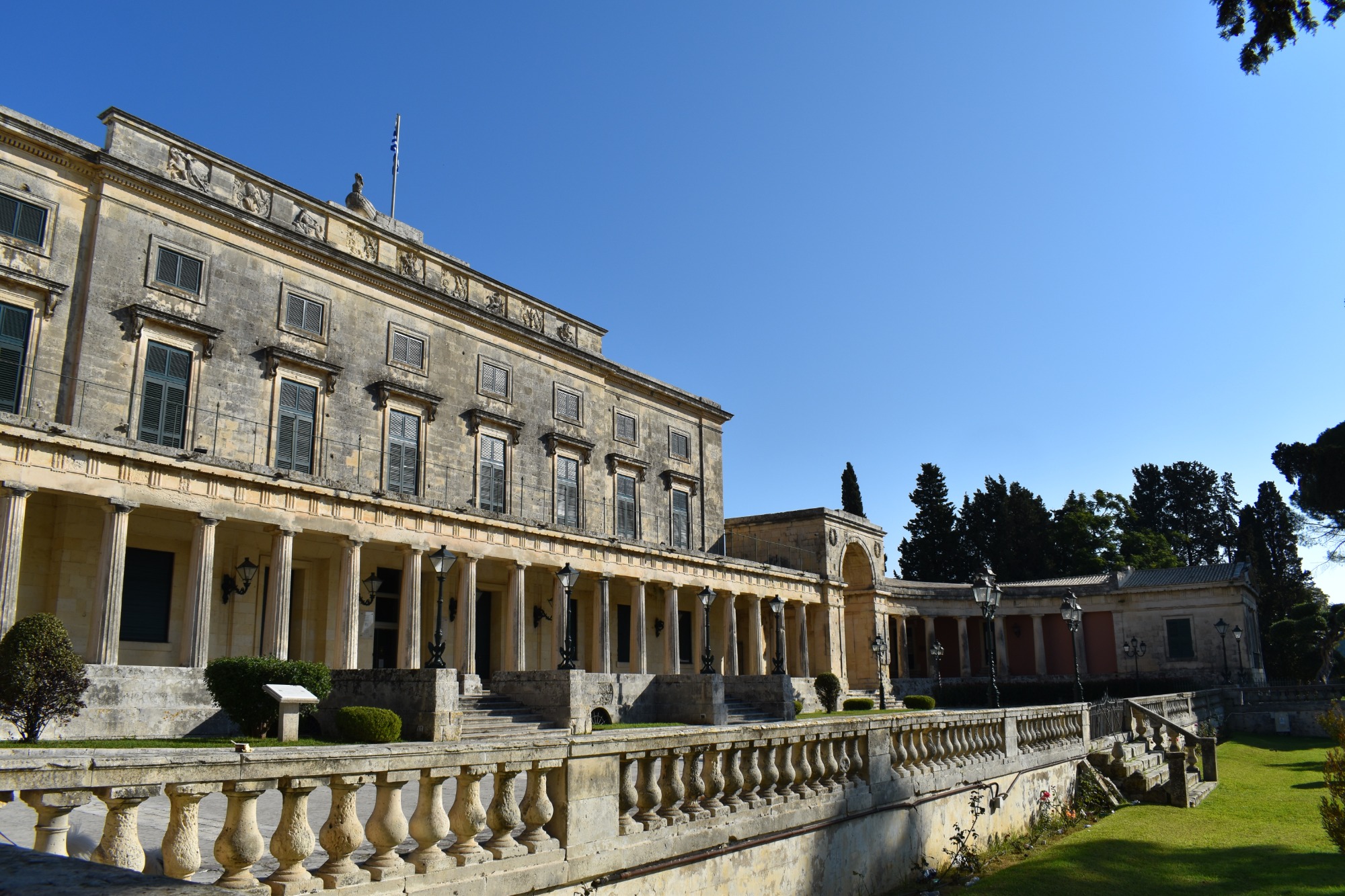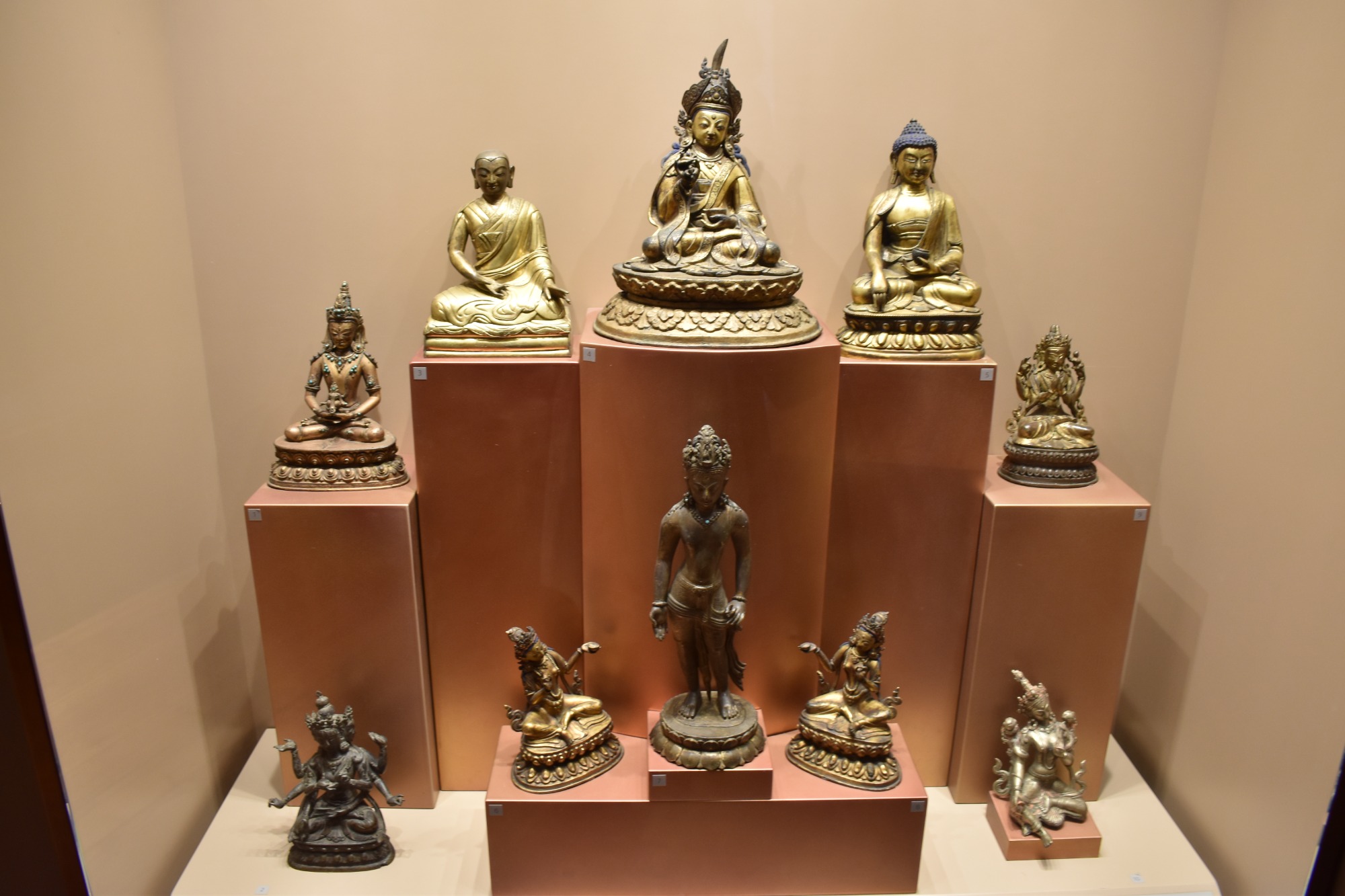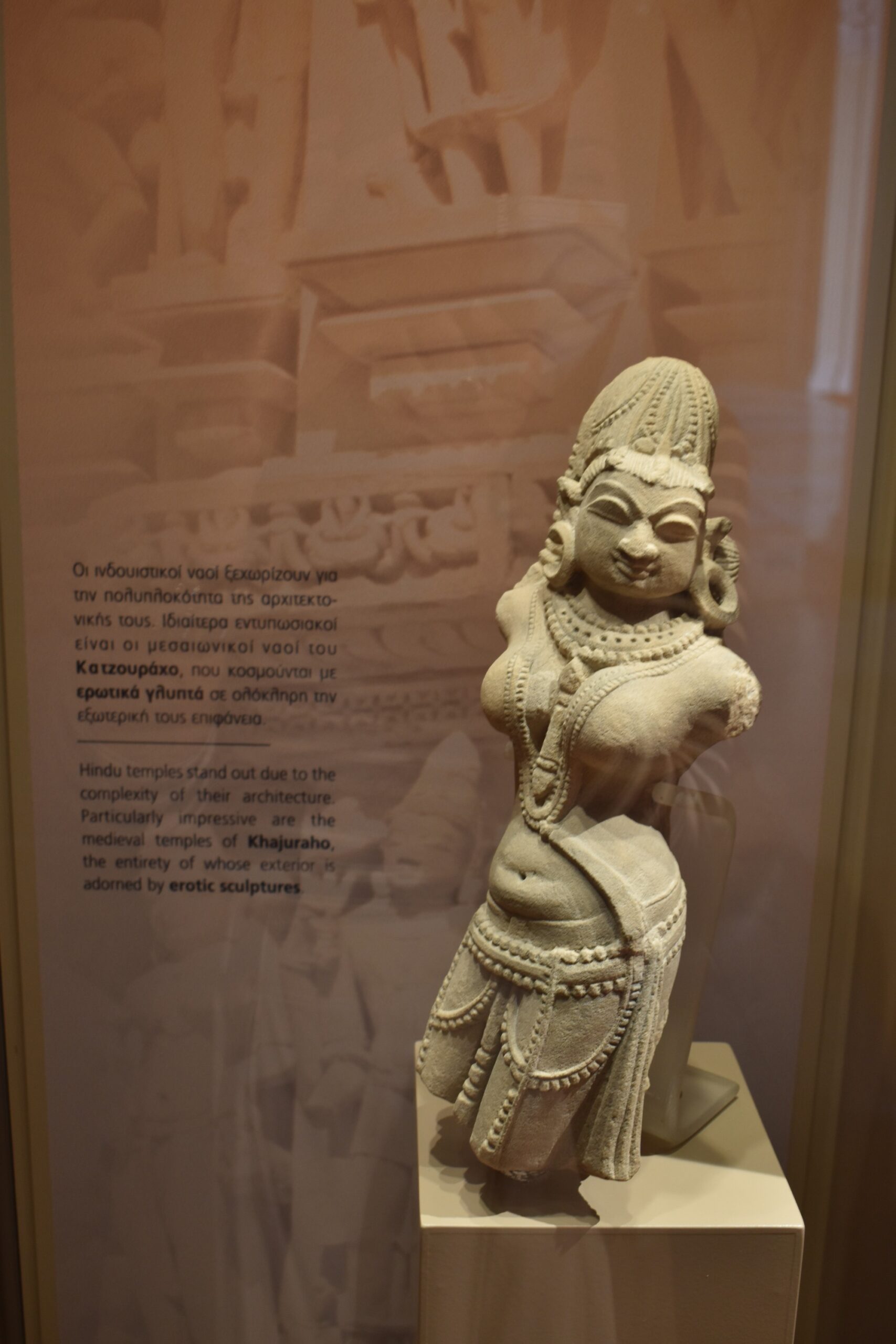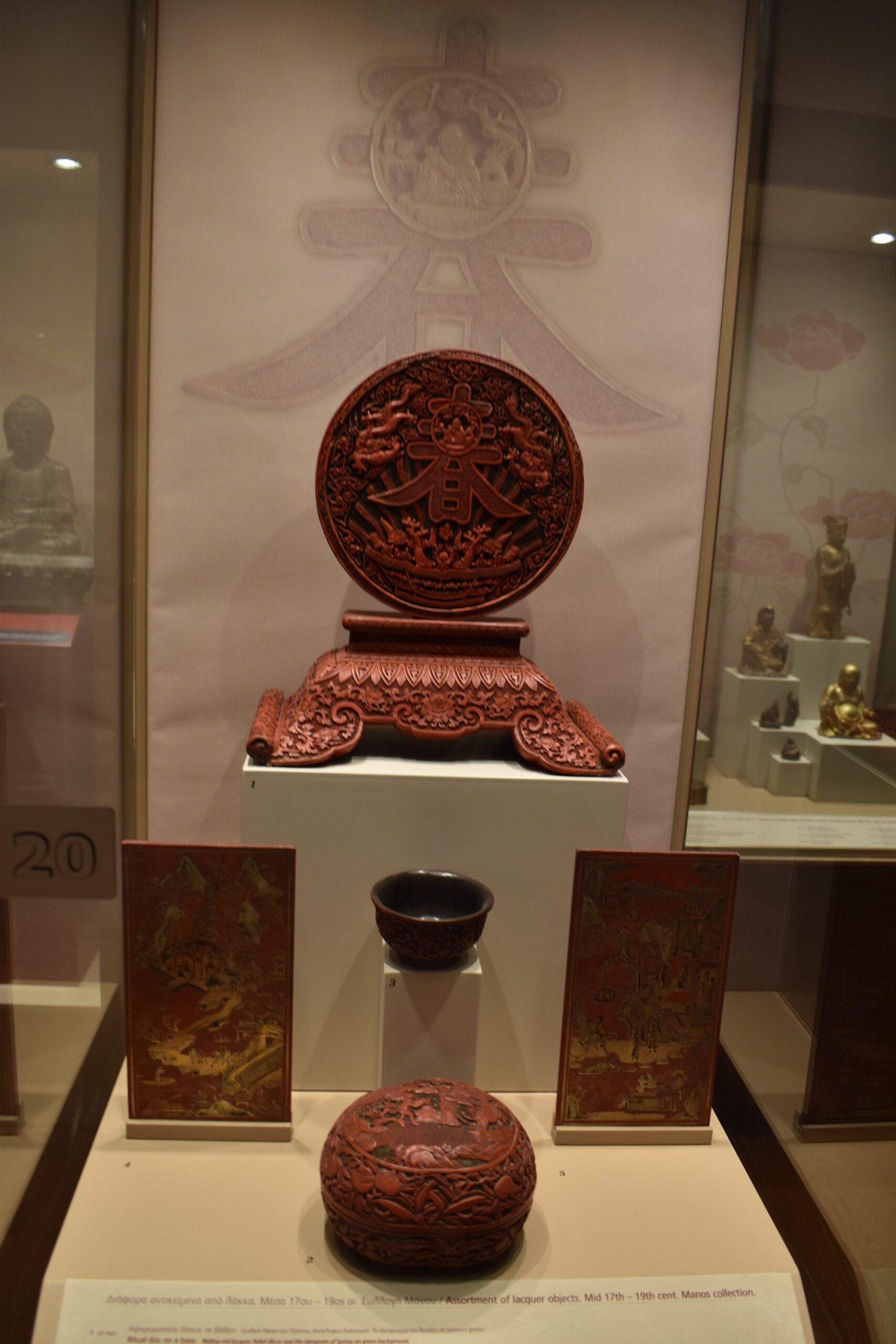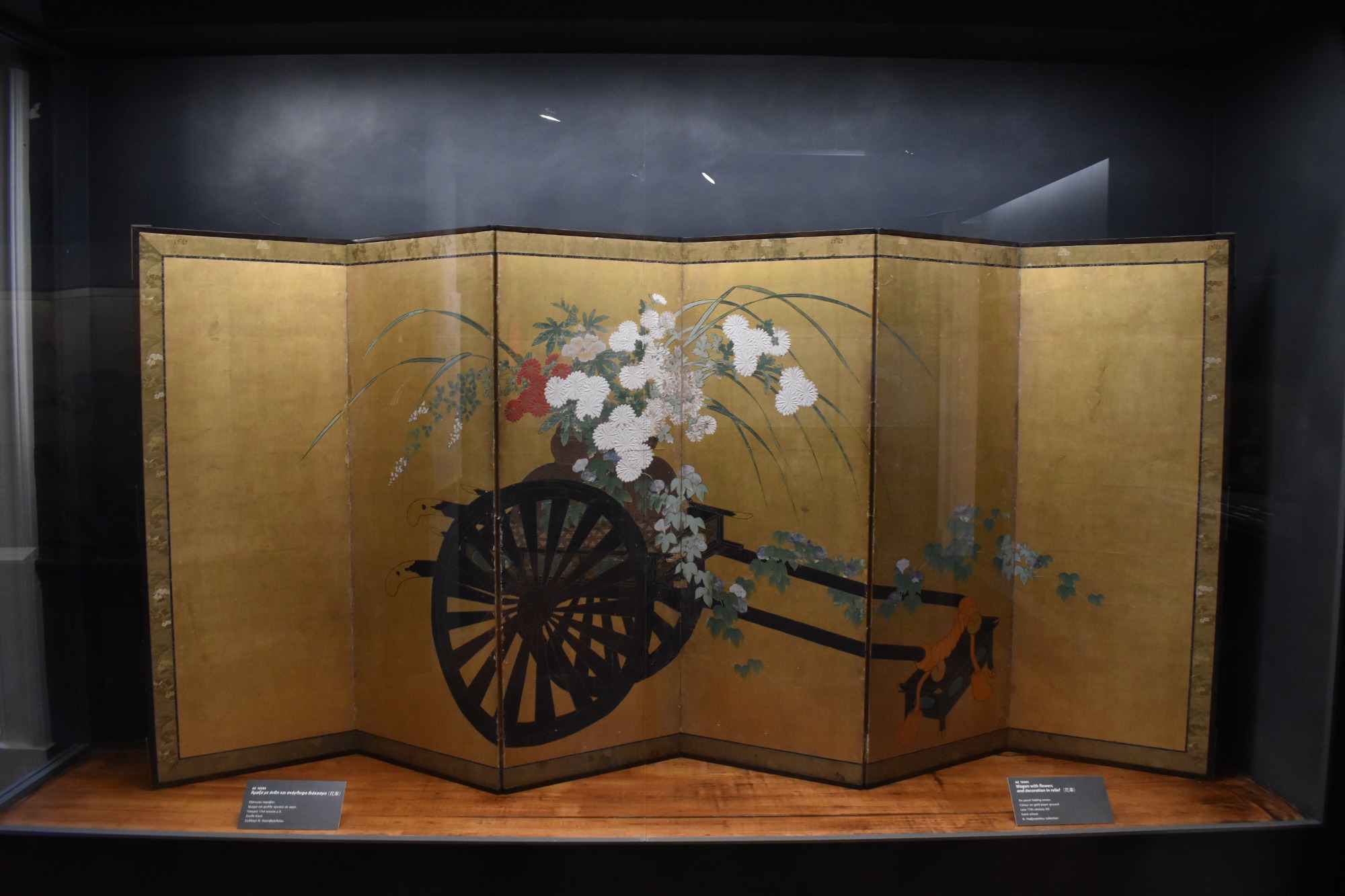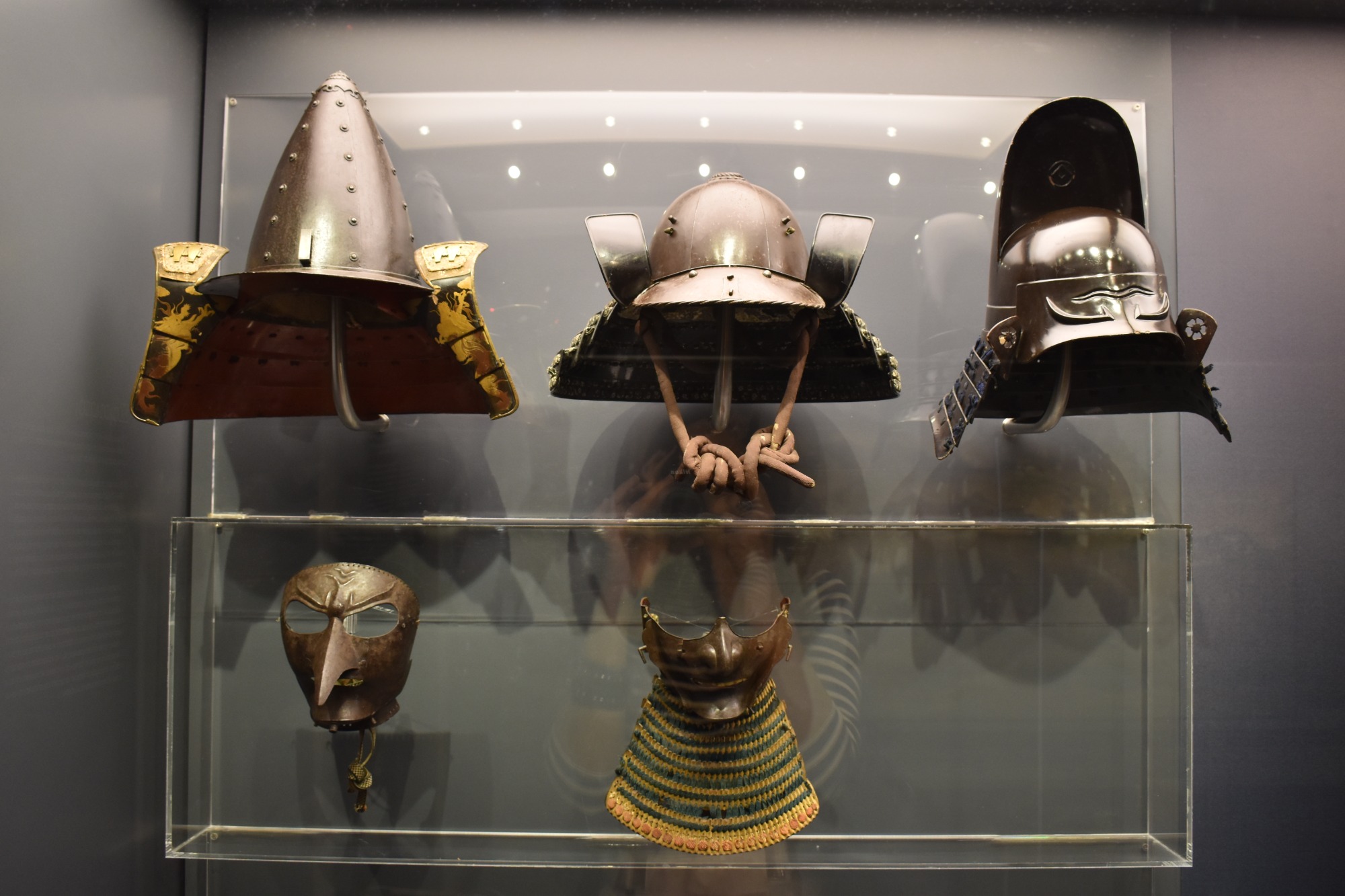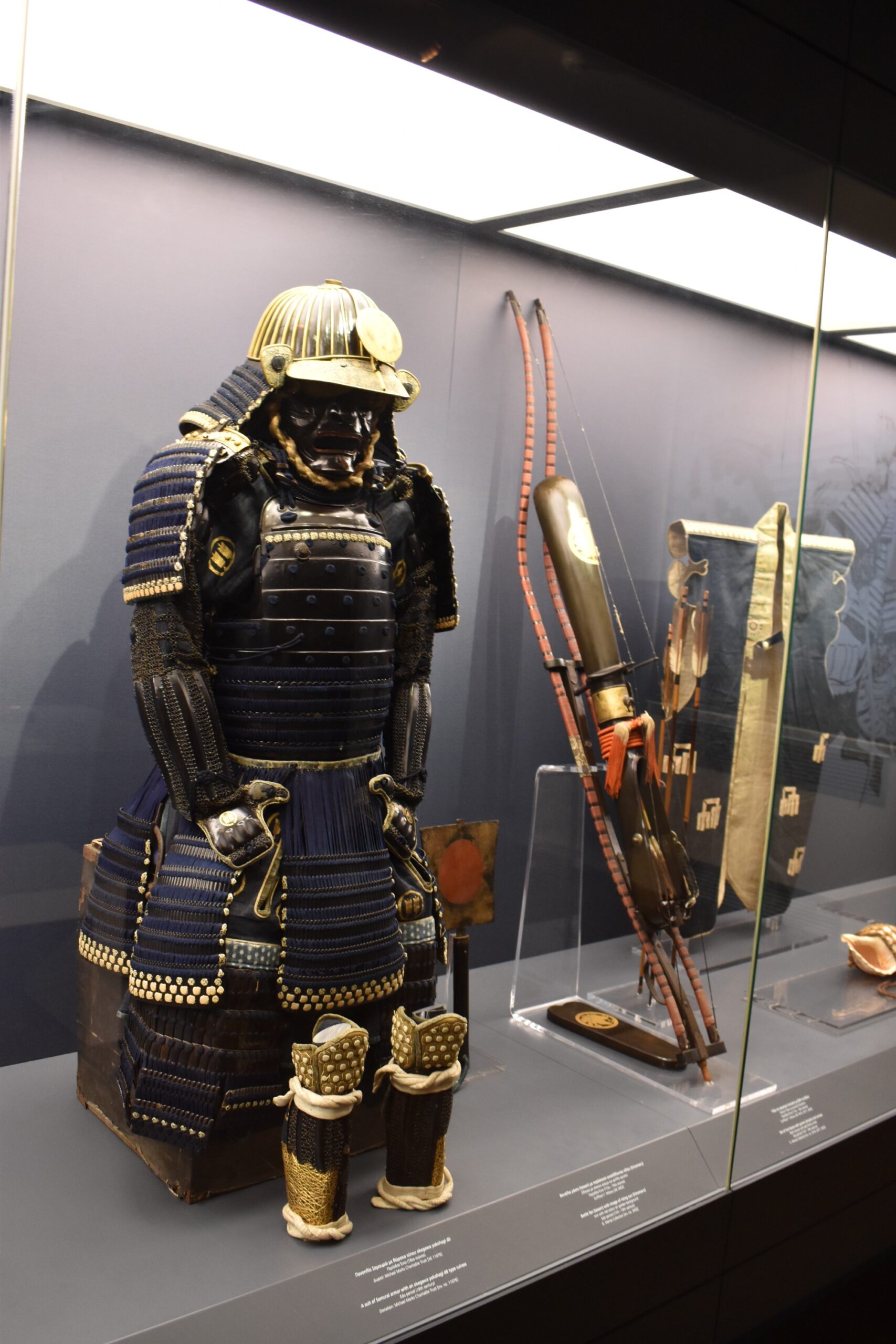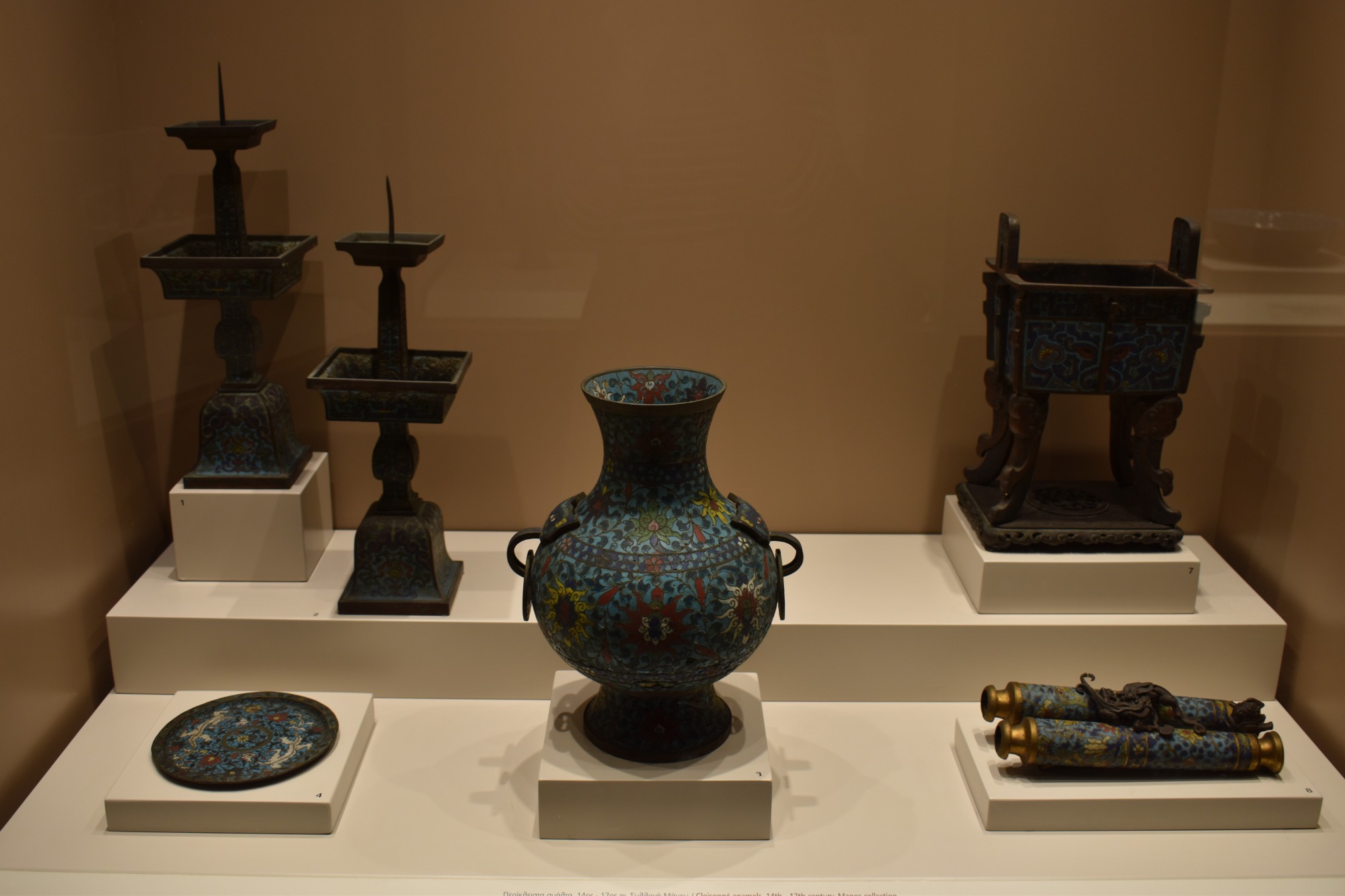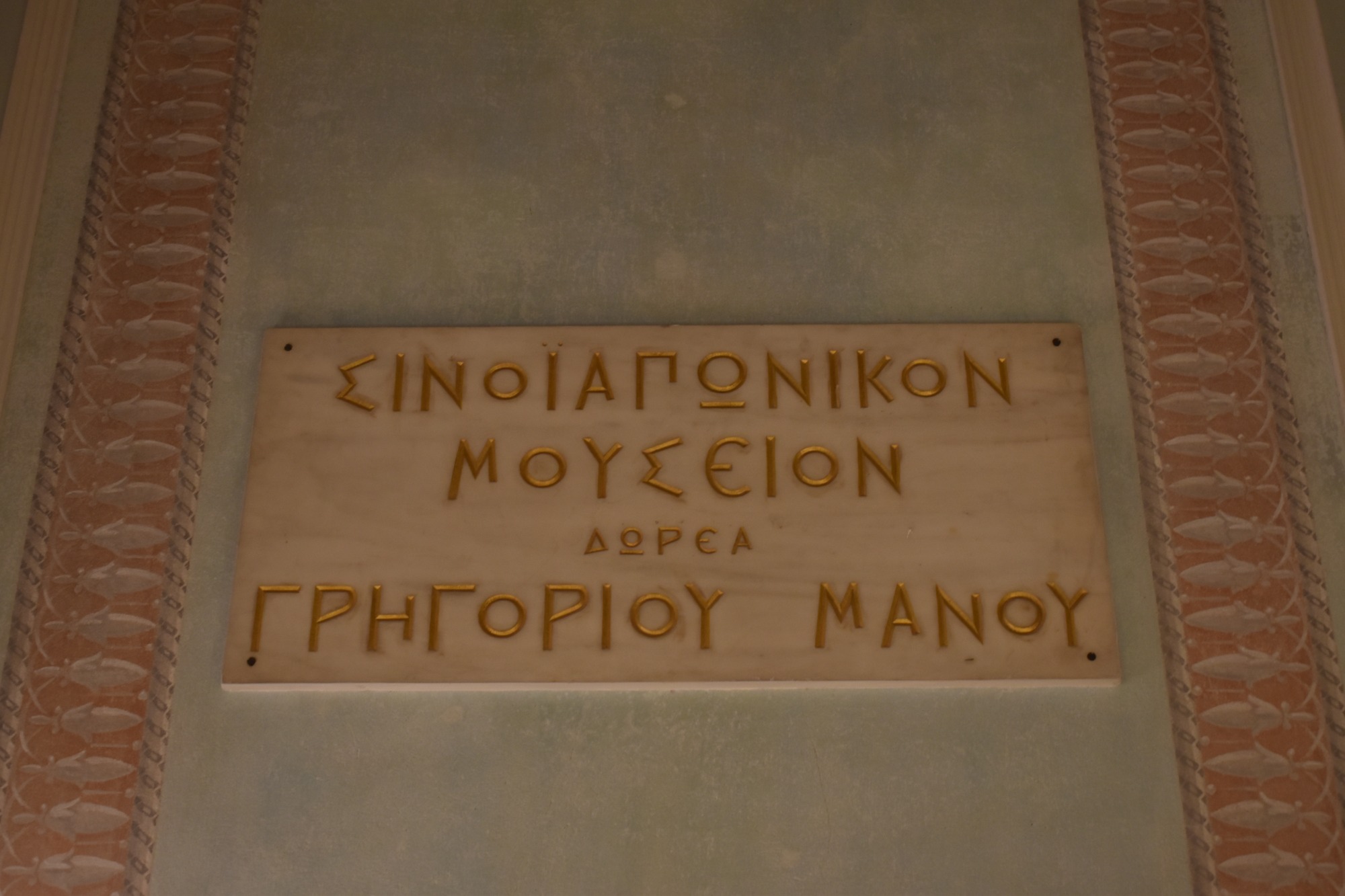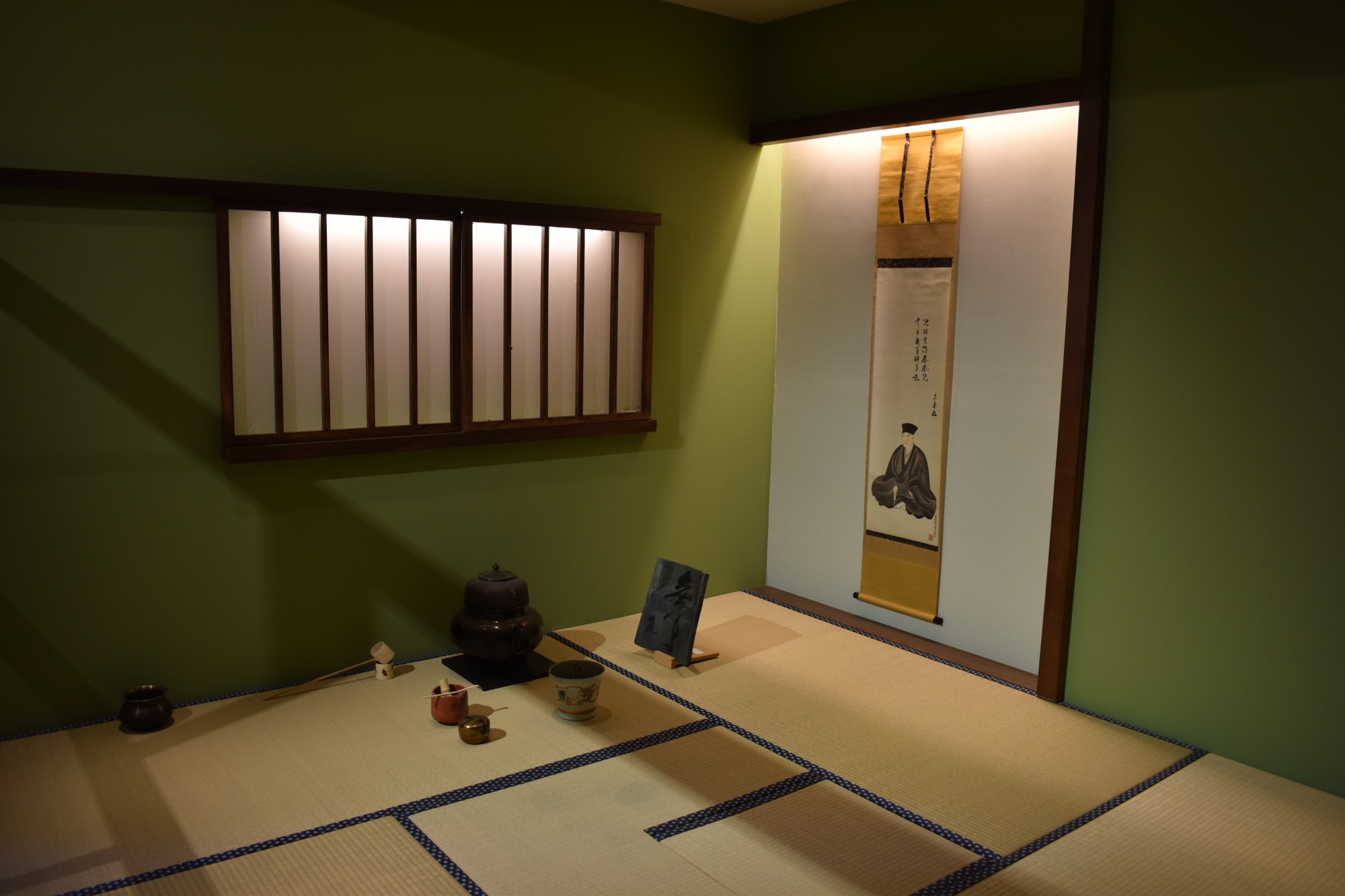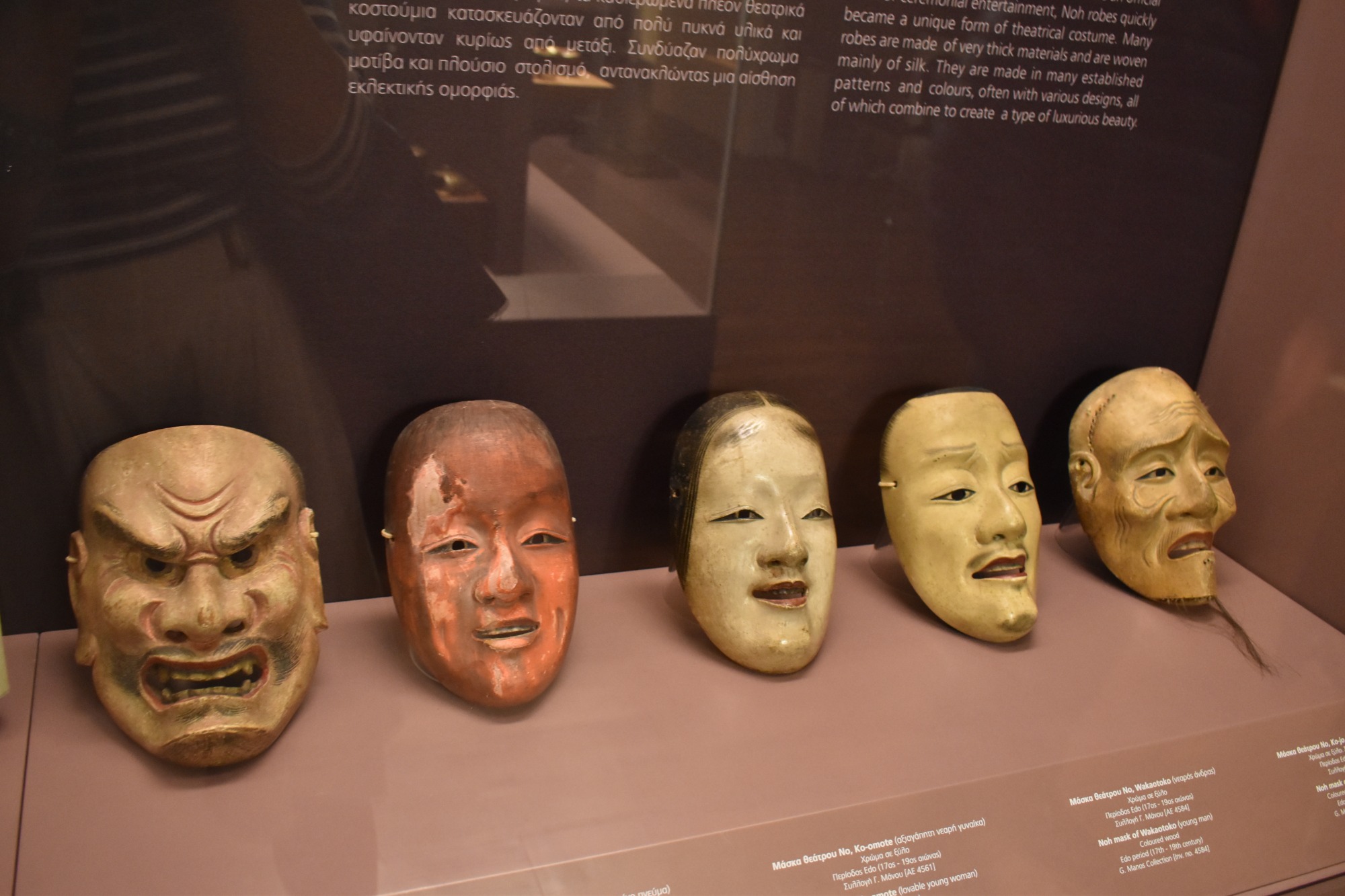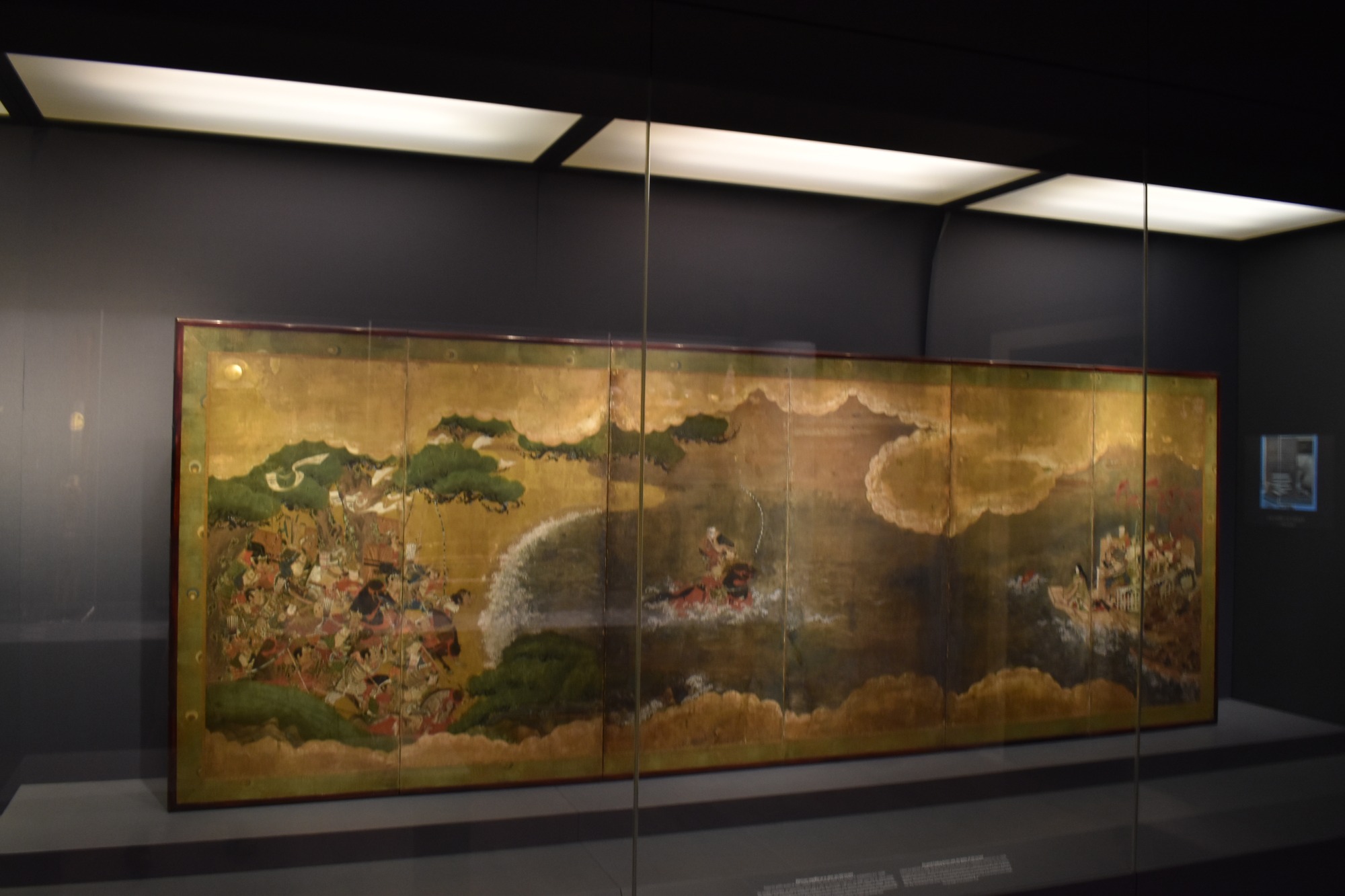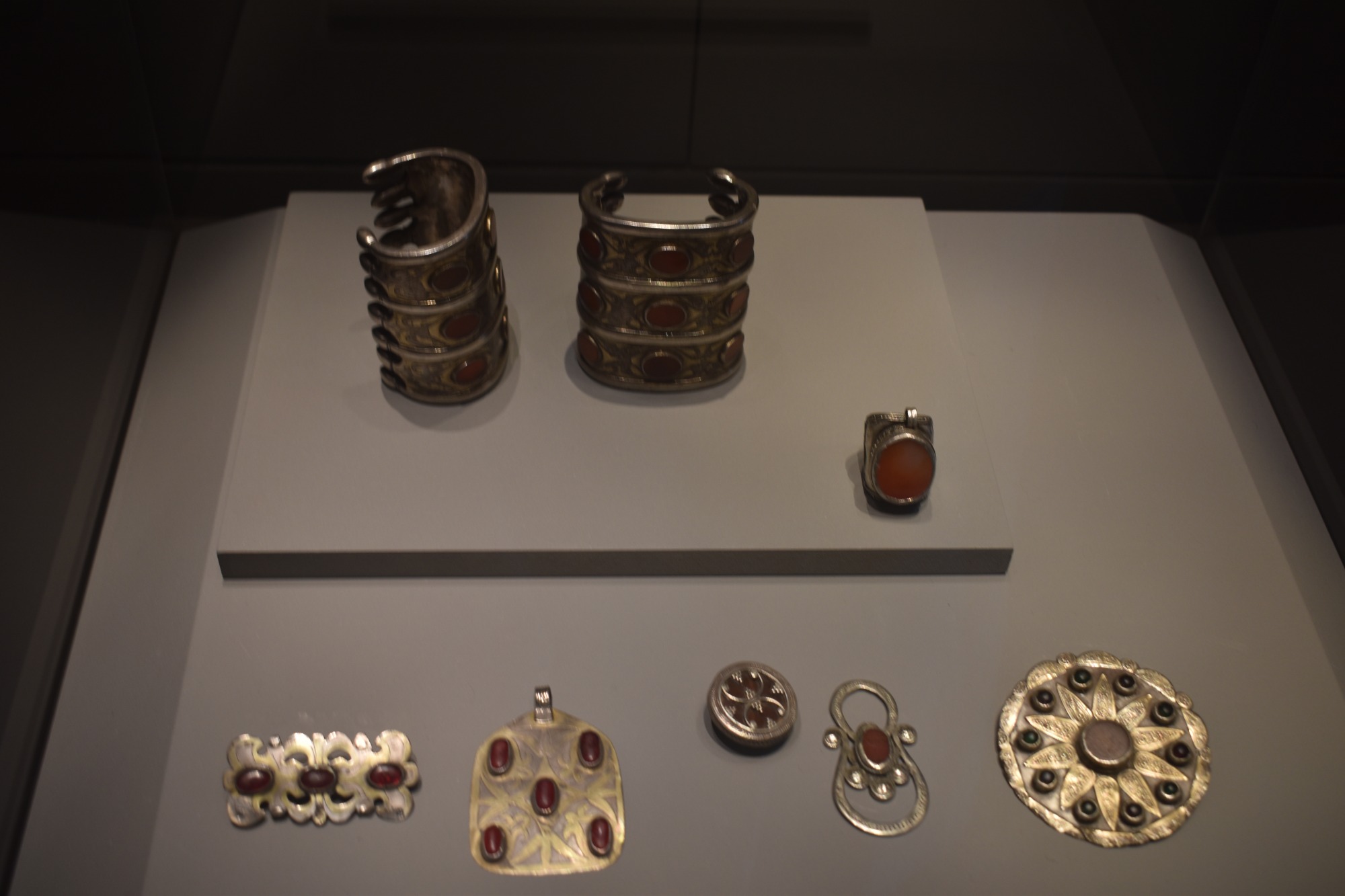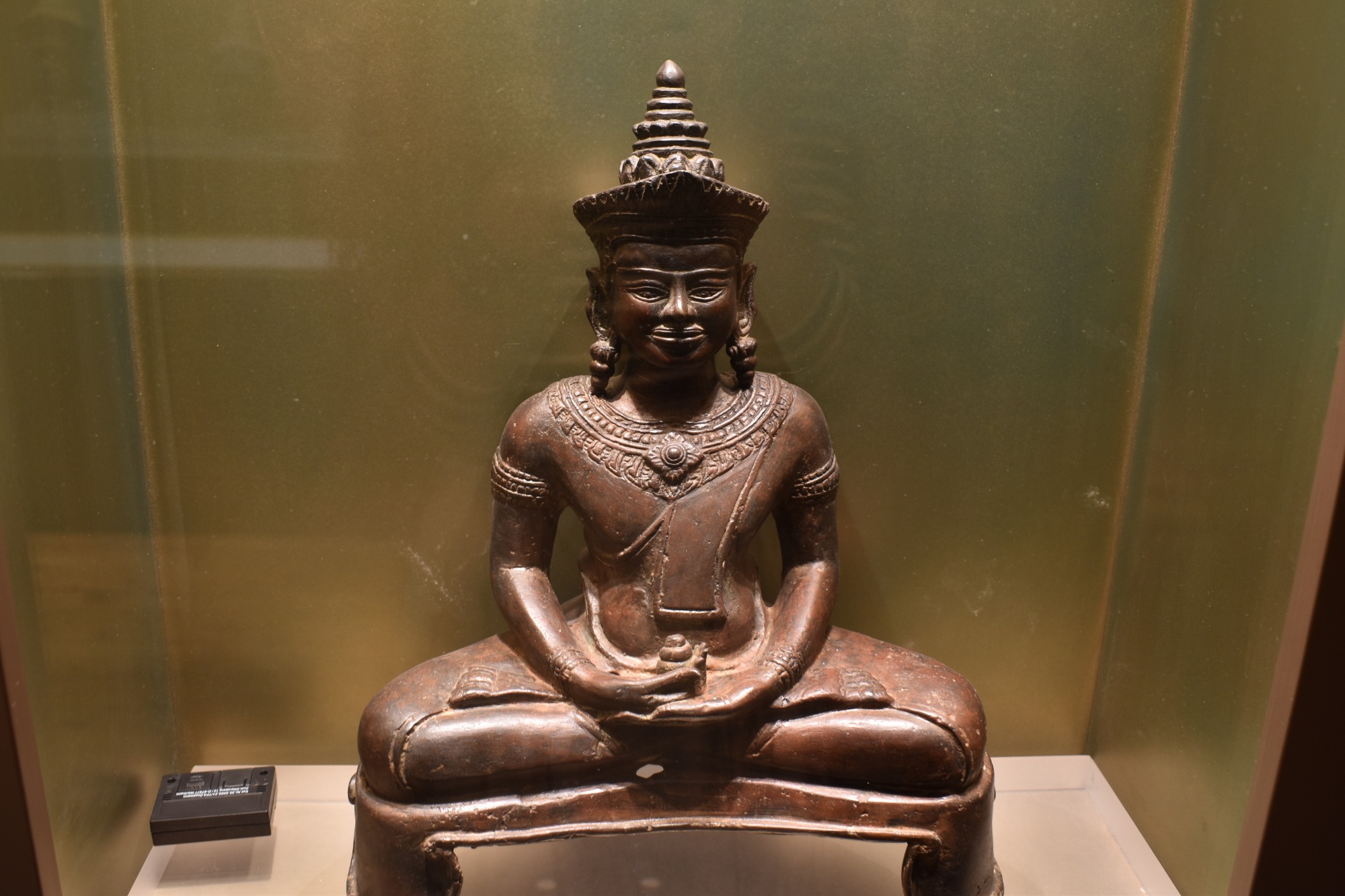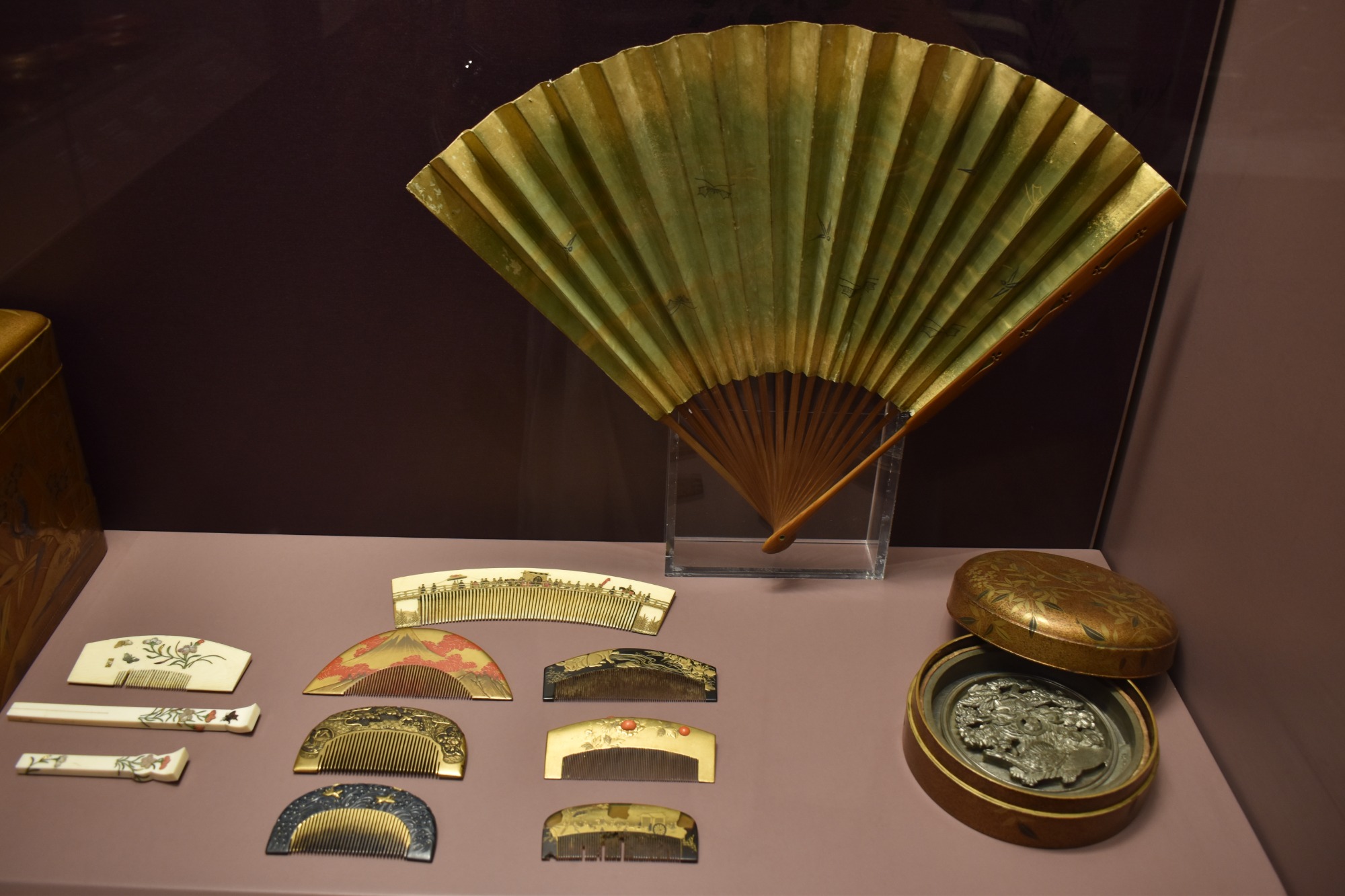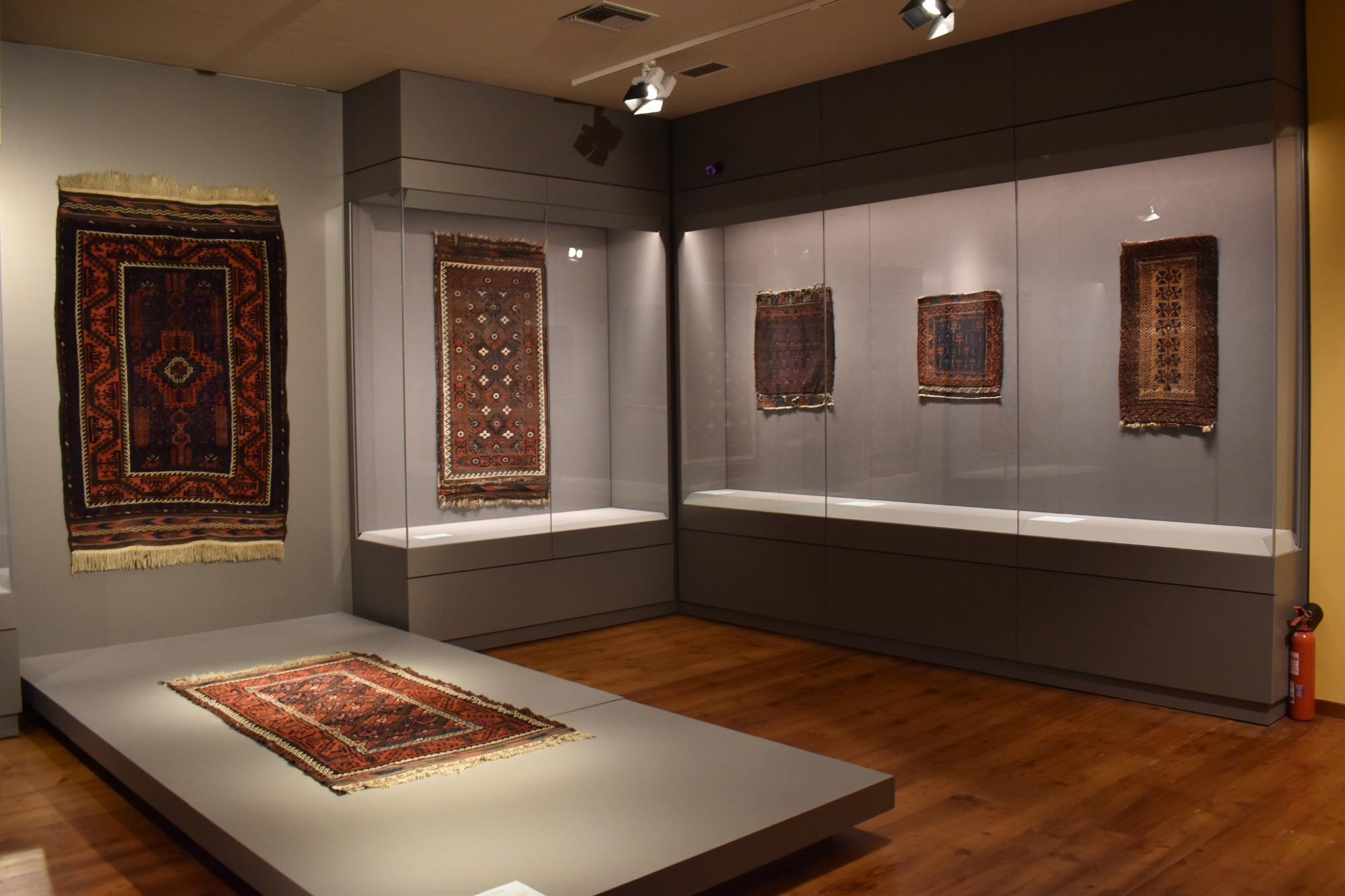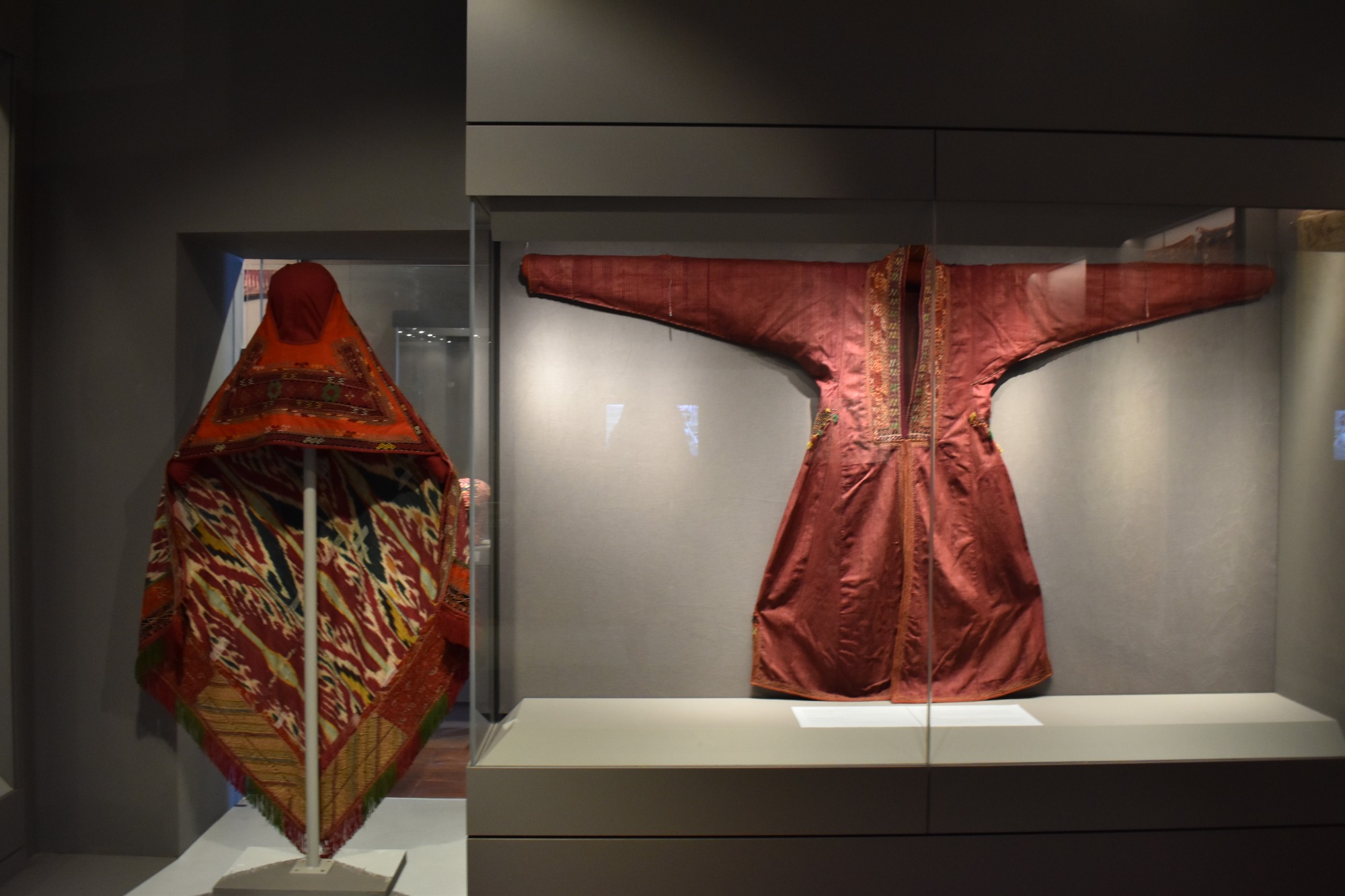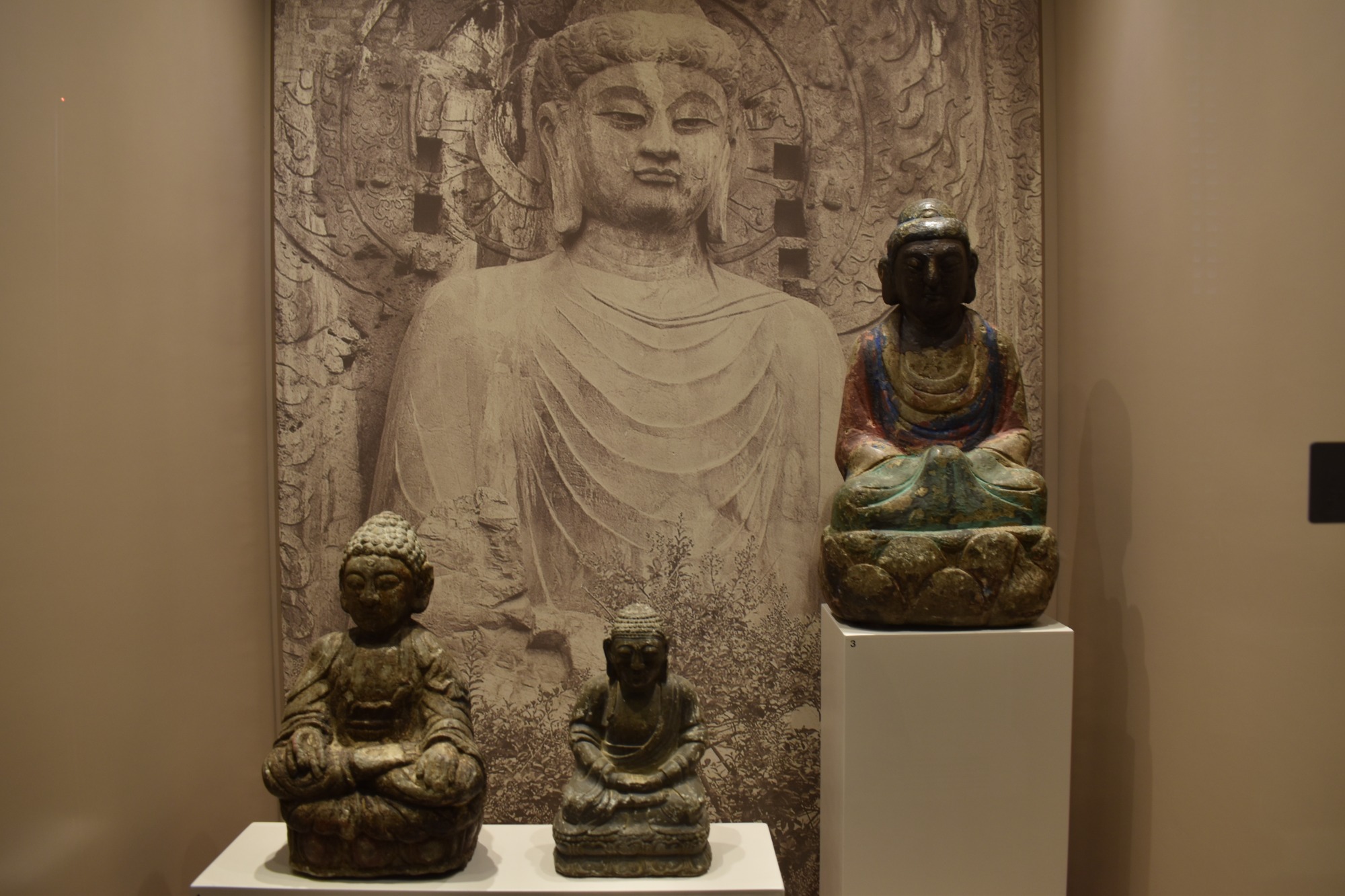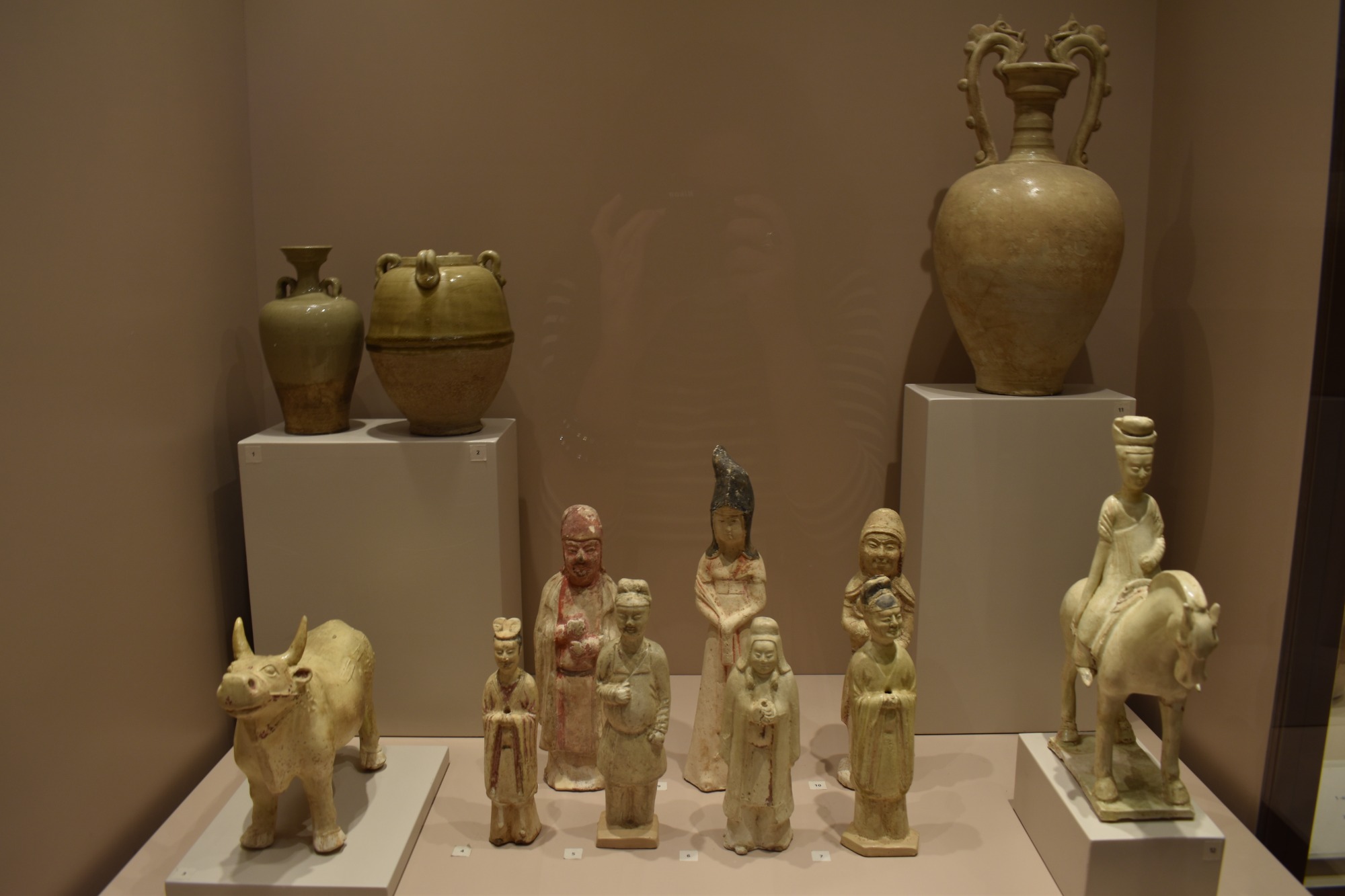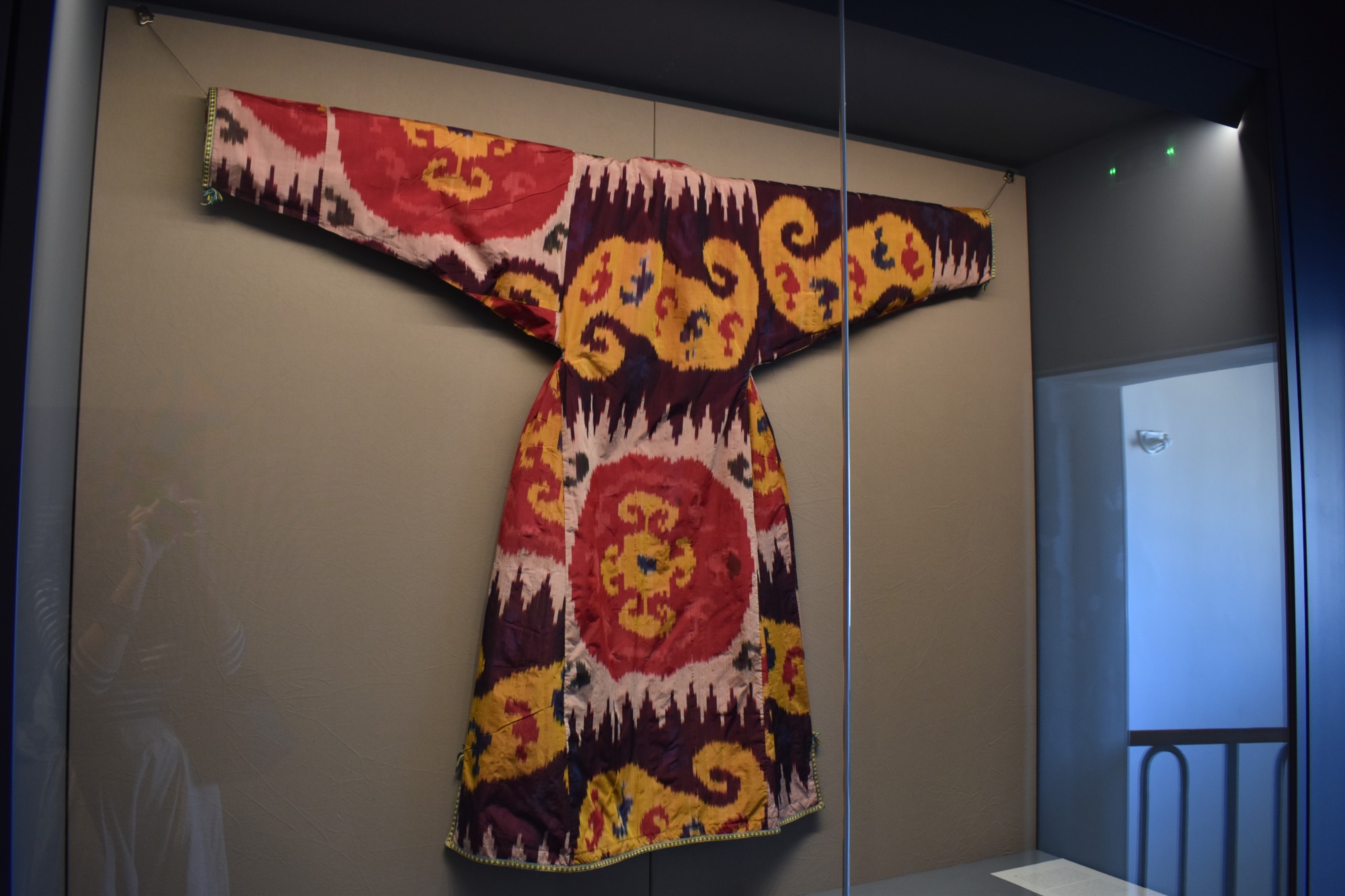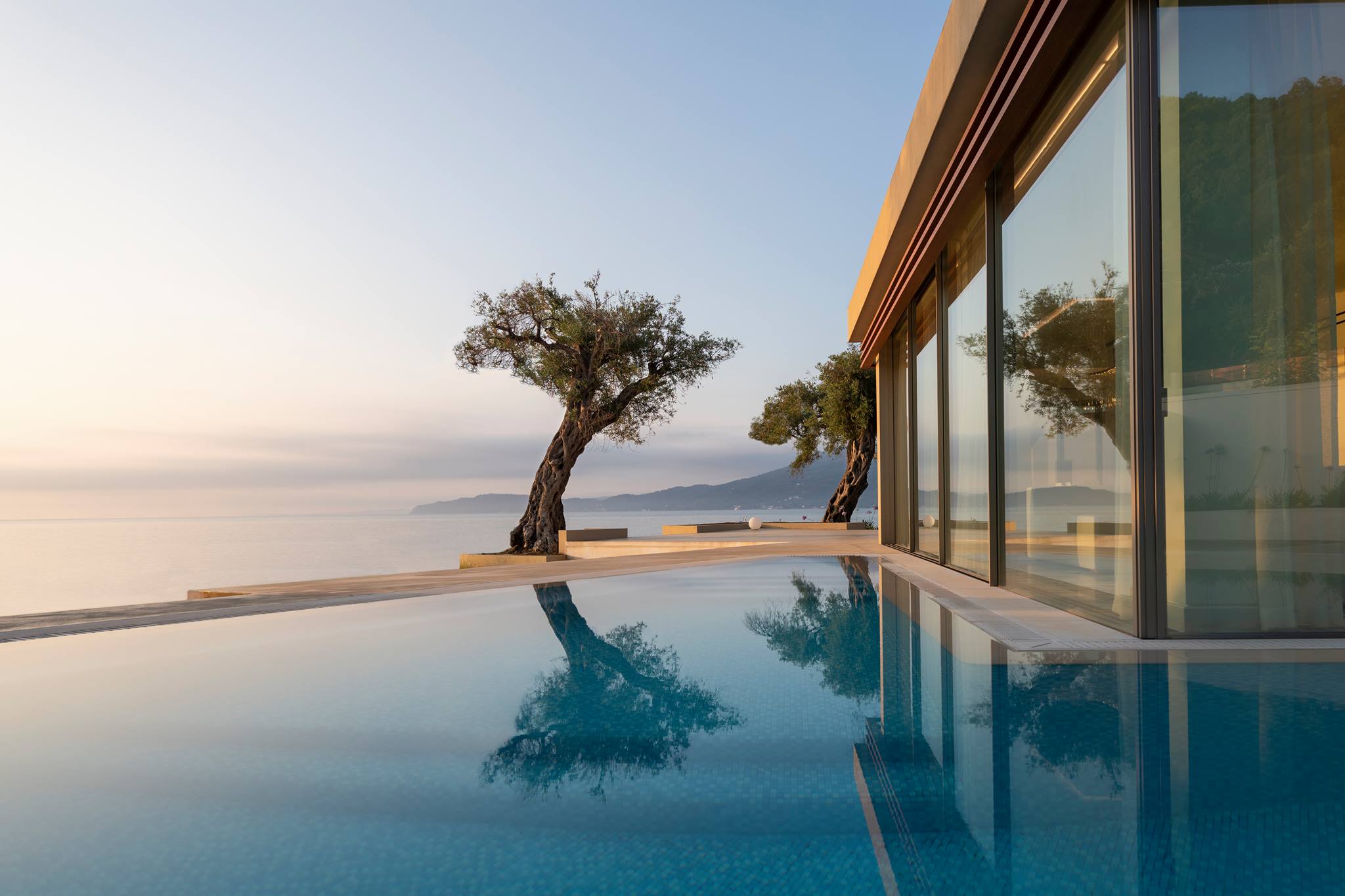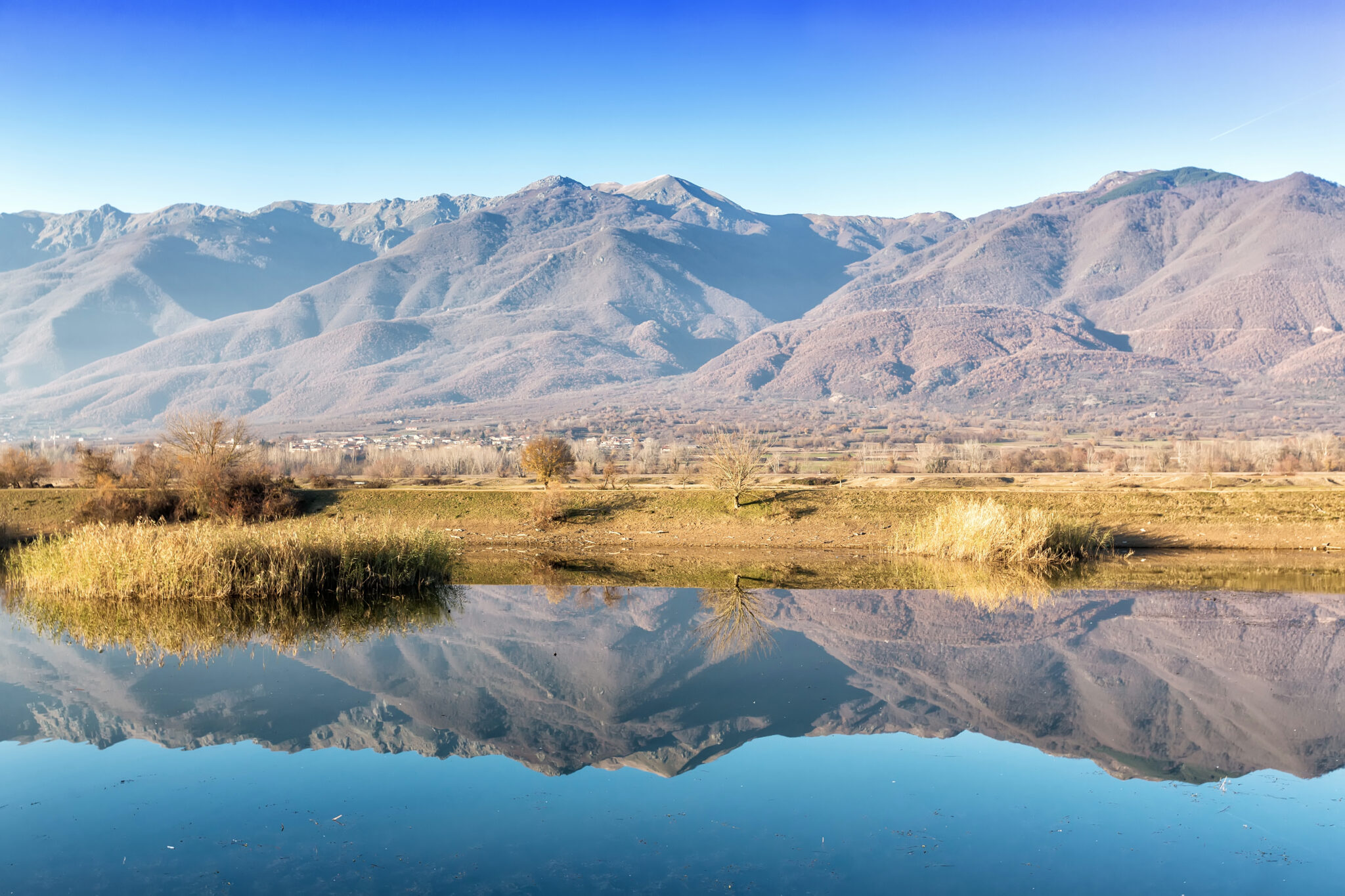Whatever time of year you find yourself in Corfu, it’s always difficult to choose among the numerous heritage sites and museums you can visit.
Most of them are located in the old town, within walking distance of each other, giving you the opportunity to visit more than one on the same day. Of these, there is one that holds a special place; housed in a magnificent, historically significant palace, the Museum of Asian Art boasts a unique collection. A visit to this unique museum in Greece will take you on a journey to the Far East, through exhibits that demonstrate the rich cultural heritage of Asian civilizations, from Chinese to Indian, with many interesting stops along the way.
The museum owes its existence to the initiative, dream and generosity of Gregorios Manos – Greek ambassador to Austria – who was a passionate collector of Chinese, Japanese and Korean art. He spent his entire fortune acquiring nearly 9,500 objects and works of art at auctions in Vienna and Paris and in 1919 donated his collection to the Greek state on the condition that it would form the core of a museum to be housed in the Palace of Saints Michael and George in Corfu.
This historic palace is one of the most elegant, large-scale buildings in Corfu’s old town and was the seat of both the British Order of Saints Michael and George and the Ionian Senate. Since the official opening of the museum in 1927, during which G. Manos was appointed director for life, it has been the permanent home of the Asian collections. Over time, many more objects were acquired that enriched the collection, also coming from generous donations, the most important of which were those of N. Hadjivassiliou in 1974 and H. Hiotakis in 1983. Today the museum boasts that it is the only one in Greece that is exclusively dedicated to so many important Asian cultures, such as Chinese, Japanese, Thai, Korean, Pakistani and Indian.
As the exhibits succeed one another, they increasingly stimulate the visitor’s interest in the different cultures presented and the links between them. Starting from the first floor of the palace, the east wing is dedicated to Gregorios Manos’ Chinese collection. A panorama of Chinese art objects spanning a period of 30 centuries unfolds before your eyes in chronological order. You will admire ceramics, rare porcelain, stone and brass statuettes and other enamel and jade objects, as well as objects made of lacquer, ivory and semi-precious materials, all of which reveal the unique and sophisticated techniques of Chinese workshops. From the prehistoric vases of the Shang and Tang dynasties to the colourful porcelain vases of the Ming and Qing dynasties, there are endless exquisite details in these stunning works that will capture your attention. The collection is complemented by rare Chinese coins – don’t miss these small sword-shaped ones- and the famous rolls of paintings on fine paper or silk.
Leaving the east wing and arriving in the west wing, another important culture awaits you, whose collection of over 6,000 objects covers a long period from the 14th to the 19th century. This time we visit Japan through an extensive exhibition and a wide variety of everyday objects that help us understand the lifestyles, customs and attitudes that shape the Japanese culture. Amongst porcelains, ceramics, paintings by famous artists, interior decorations and musical instruments, don’t miss the chance to admire the authentic Samurai equipment: armours, swords and an extraordinary folding screen depicting Samurai on horseback against a golden background. As the Japanese Collection progresses into the 17th century, we learn about the flourishing Edo period through an extensive display of the various porcelain workshops of the era, several religious, woodblock prints, kimonos and objects used by the Geisha, as well as a beautiful collection of masks from the famous NO theatre.
The 18th and 19th centuries are devoted to “The Floating World – Ukiyo-e”, an artistic movement that exerted a great influence on 19th century Western art. A series of important woodcuts depict the daily habits and ways of entertainment of ordinary people. Finally, the Japanese collection includes two more rooms: The first recreates the atmosphere of a Japanese tea room, which has been decorated with original furniture. The second room presents six beautifully painted displays of great artistic value, all part of the Hadjivassiliou Collection, in whose honour the entire west wing is named.
In the west wing of the museum there remain three galleries covering the fascinating culture of countries such as India, ancient Pakistan, Thailand, Cambodia, Tibet and Nepal. A comprehensive table provides detailed information on art in India, relevant to the country’s three main religions.
Another key aspect of Indian culture, eroticism, is strongly depicted in carved wooden erotic complexes intended for the interior and exterior decoration of temples. Moving on to Gandhara, the exhibition reminds us of the influence of Alexander the Great in the 4th century BC. We also see a series of reliefs with subjects drawn from Buddhist iconography and scenes that adorned Buddhist funerary monuments. Representative of Siam (Thailand), which was the most important centre of Buddhism, are the statuettes that vary according to the artistic centre of each period.
The Buddha heads are particularly well carved, with the symbol of wisdom in the shape of a tall flame. Other Buddha heads, carved in stone, are on display, this time from Cambodia, the most important artistic centre of Southeast Asia from the 9th to the 13th century. Finally, we follow the traces of the Turkmens on the steppes of East Asia and witness the simple beauty of their weaving art, which has its roots in their nomadic past. Colourful textiles, embroidery, jewellery and special kilims of various tribes fascinate the eye with their bright colours and repeating patterns, giving us a taste of nomadic life in Central Asia.
Reaching the end of the collection, one reflects on the interaction between different cultures, the prevalence of artistic movements and the assimilation of others, and the accumulation of so many traditions and artistic styles in the Far East.



